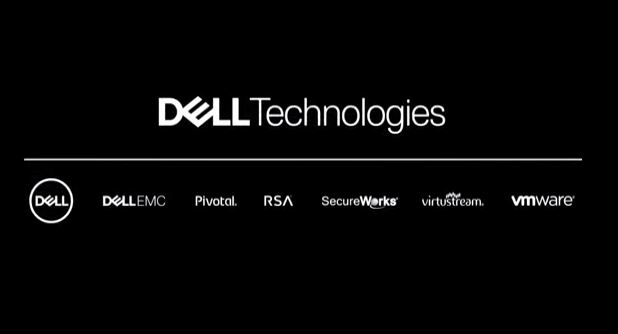
This week there has been several pieces of groundbreaking news that will have a long-lasting impact on the tech industry.
CBR highlights the five biggest stories of the week.
1. HPE sells software assets to UK’s Micro Focus for $8.8bn
In what marks one of the biggest overseas takeovers by a British company, Micro Focus is to merge with HPE’s Software Business in a deal worth an estimated $8.8bn.
The ‘spin-merge’ will see Micro Focus acquire the non-core software assets of HPE, with HPE shareholders taking a 50.1% share in the merged company. The software assets in the deal include HPE's Application Delivery Management, Big Data, Enterprise Security, Information Management & Governance and IT Operations Management businesses.
The deal includes what's left of Autonomy, the UK firm co-founded by Mike Lynch, bought by HP in October 2011, which remains highly controversial and is the subject of a court case due to take place in the UK in 2018..
The full article can be read here. Analysis of the deal can be read here.
2. Introducing Dell Technologies – the world’s largest privately controlled tech company
In what many are calling a historic milestone in the tech industry, Dell has completed its acquisition of EMC for $67 billion. CBR looks at the result of the merger – the new tech giant dubbed Dell Technologies.
The merger of Dell and EMC has created the world’s largest privately-controlled tech company, rebranded as Dell Technologies.
The coming together of storage giant EMC and well-known computer maker Dell has seen the creation of a $74bn company, a company which now boasts an expansive portfolio spanning computers to hybrid cloud, converged infrastructure and software-defined data centre.
The full article can be read here. Michael Dell and other execs answering the press can be read here.
3. TPG to revive McAfee name after Intel spins out Intel Security
Intel is selling a majority stake in its security unit McAfee to private-equity firm TPG.
The deal, which will see the company valued at $4.2bn including debt, will see TPG acquire a 51% stake.
Reports surfaced last week that TPG and Intel were in early talks regarding the acquisition of the security unit that Intel acquired for $7.7bn in 2011. The deal marks a significant loss for the chipmaker but given that it will still hold 49% of McAfee it could still be hoping for its fortunes to be turned around.
The company had become known as Intel Security, however, it will now revert back to its original name McAfee.
The full article can be read here.
4. iPhone 7: Do businesses need to upgrade?
The new generation of the Apple iPhone, including the iPhone 7 and iPhone 7 Plus, was launched on 7 September at Apple’s annual event in San Francisco. It is available for pre-order September 9 and available September 16.
Many of the changes are aesthetic. As anticipated, the standard headphone jack has been removed, with users now able to connect headphones through Apple’s lightning port. This has allowed Apple to make the device slightly thinner.
Overall, the design is fairly similar to the iPhone 6 and the display on the device is brighter and more colourful.
In terms of functionality, the dual lens camera is an important addition, with Richard Stiennon, Chief Strategy Officer at Blancco Technology Group, saying that this is the “most significant benefit” of the new device.
The full article can be read here.
5. Microsoft claims UK cloud dominance over AWS with local data centres
Microsoft Cloud is today being hosted from UK based data centres and the company has claimed a victory over Amazon Web Services for UK cloud roll out.
By being first to publically declare a UK cloud region a company spokesperson said: "Microsoft is the first global cloud provider to offer a complete cloud from data centres in the UK – no other organisation is currently able to offer UK resident IaaS, PaaS and SaaS cloud services."
The race to open cloud data centers began last year when Amazon CTO Werner Vogels revealed on November 5th that the company would be creating a UK region, which requires the creation of multiple data centres. This is not expected to be live until the end of 2016 or early 2017.
The full article can be read here. Analysis can be read here.






